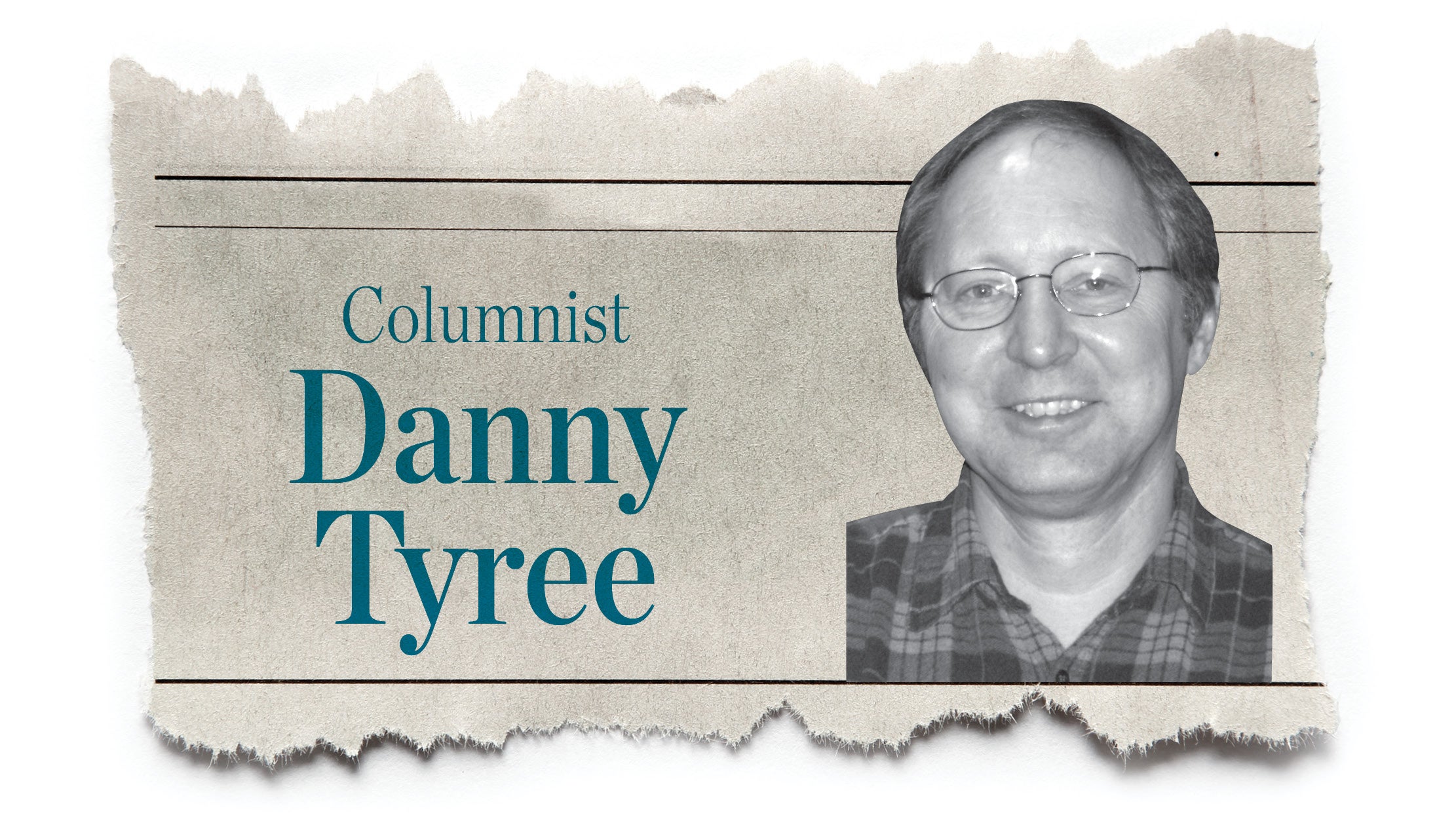Debate on prevailing wage must continue
Published 1:40 pm Tuesday, November 11, 2008
Part of my role as a state senator is to shine a light on things that I believe need to be changed.
Past practice in Ohio has been that when private developers receive public financial assistance, only the portion of the private project that is funded with public dollars would be subject to prevailing wage. For example, if the state provides a grant to cover 15 percent of a private developer’s costs, then only 15 percent of the total project would be subject to prevailing wage.
However, Gov. Strickland’s new policy says that if a private development project receives even 1 percent in public funds workers must be paid prevailing wage on 100 percent of the project. In addition, businesses would have to pay prevailing wage on the construction of an entire new building if they use public funds to buy machinery and equipment for the facility.
Proponents of these guidelines say that if there is a disagreement with the application of prevailing wage, the case could be litigated. In economic development, you get a very narrow window to make something happen. If there are delays or uncertainty in the process, Ohio could lose the opportunity to compete for business growth and jobs.
While I support the trades and prevailing wage and believe that it is important to have a trained and skilled workforce available to build our public infrastructure, the governor’s plan lacks clarity, fosters uncertainty in our business climate and creates a hurdle to development that will cost Ohio jobs. After Ohio has worked hard to change its business climate through tax reform and other measures, we cannot afford to add more burdensome regulations.
There is also concern that the policy could impact the future success of the Clean Ohio Fund, which voters overwhelmingly supported on Election Day through passage of Issue 2. The plan would mandate the payment of prevailing wage for private development projects, which are built on land that is cleaned up using state funds. Brownfield remediation through Clean Ohio has and should continue to be subject to prevailing wage. However, the private developer using the land should not have to pay prevailing wage unless they use public funds.
As a person who can see both sides of this issue, I recently invited several interested parties, including the Strickland Administration, Sen. Capri Cafaro, who is the ranking member on the Senate Finance Committee, Senate President Bill Harris and appropriate majority and minority staff, to a meeting to share their thoughts on the Governor’s directive. Unfortunately, unlike our collaborative work on the jobs bill, when the governor was developing his prevailing wage policy, the Legislature, contractors and economic development professionals were intentionally left out of the discussion.
I also plan to introduce legislation in the coming days to help clarify when prevailing wage is applicable and when it is not. The bill includes a provision that says if public dollars constitute more than 35 percent of a private development project, then the project will be subject to prevailing wage, barring any exemptions under current law. If public financing falls below this 35 percent threshold, then private developers would only have to pay prevailing wage on the publicly-funded portion of the project.
In addition, the measure would clarify the application of prevailing wage on Clean Ohio projects and other development, as well as remove tax credits and other tax incentives from what is considered public dollars under Ohio’s prevailing wage law.
I am not in Columbus to take up space or to protect myself from controversial issues. One of the last things that I would choose to sponsor is a bill dealing with prevailing wage. However, I believe we must continue the debate and come to a positive conclusion on this issue to keep Ohio’s economy moving forward.
At the end of the day, I am confident that all parties can come to an agreement that is fair to supporters of prevailing wage, but also helps keep Ohio competitive in the race to attract jobs and economic growth.





